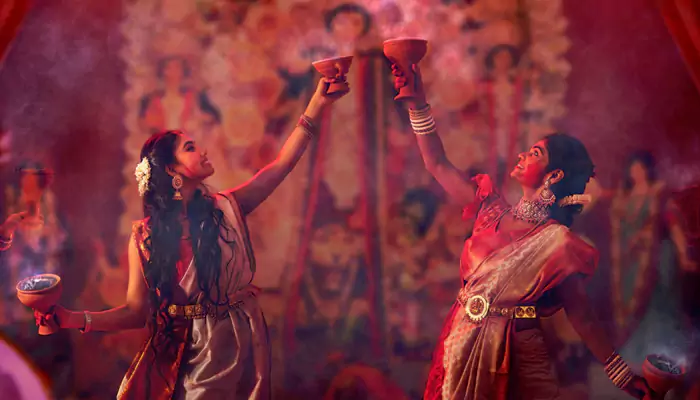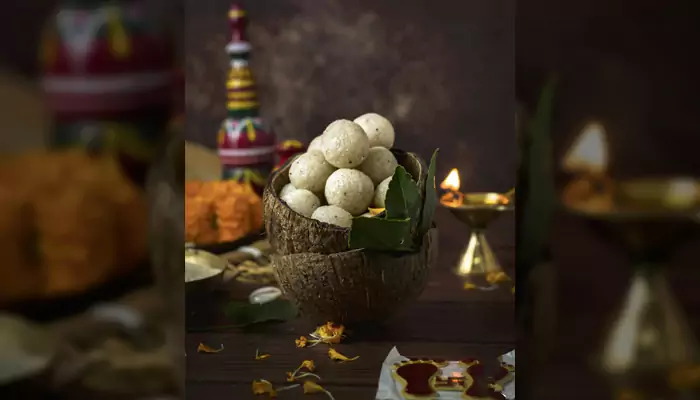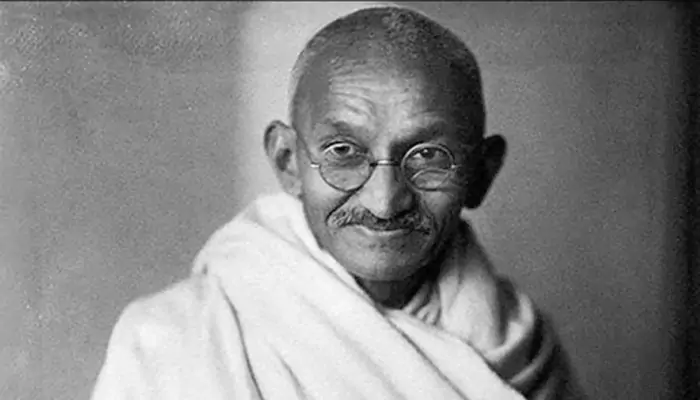Durga Ashtami 2025: From Fasting to Feasting — Rituals That Define the Day
- Sayan Guha
- 1 month ago
- 4 minutes read
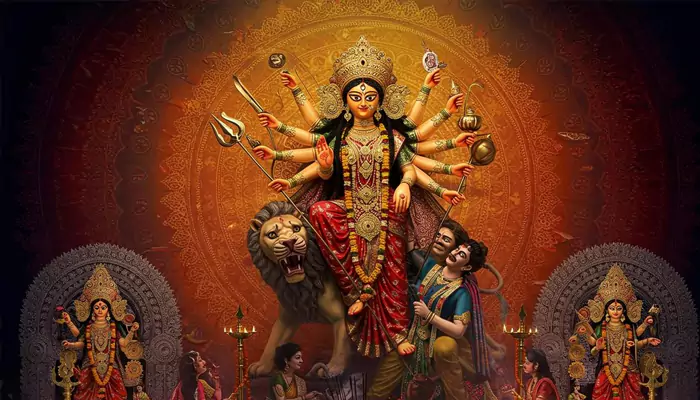
On September 30, millions will honour the goddess who embodies both serenity and strength
Imagine the steady beat of the dhak echoing through crowded lanes, women in crimson saris offering flowers with folded hands, and the fragrance of incense curling upwards like whispered prayers. This is Durga Ashtami, the eighth day of Navratri and one of the most revered moments of the Durga Puja festivities.
Falling this year on 30 September 2025, Ashtami is more than just a ritual—it is about rhythm, resilience, and renewal. The goddess is worshipped in her fiercest and purest forms, and her story of triumph continues to inspire generations.
https://pragyata.com/wp-content/uploads/2020/10/Durga-Puja-Odisha.jpg
Credit: pragyata
The mythology behind Ashtami
The origins of Ashtami are rooted in the Devi Mahatmya, which describes Durga’s battle against the demon king Mahishasura. While Vijayadashami signifies his final defeat, Ashtami embodies the very height of Durga’s power.
In many traditions, it is said that during the twilight of Ashtami, the goddess manifested as Chamunda to destroy the bloodthirsty demons Chanda and Munda, as well as Raktabija, whose spilled blood created an infinite number of duplicates of himself.
This moment—known as Sandhi Kaal—is celebrated as a pivotal point when good begins its decisive victory over evil.
Credit: cottage9
Rituals that shape the day
Sandhi puja — fire and devotion
Held at the cusp of Ashtami and Navami, this ritual is considered the heart of the festival. Devotees light 108 lamps, offer 108 lotus flowers, and chant verses to honour Chamunda’s victory. The atmosphere becomes thick with reverence, as if time itself pauses for these 48 sacred minutes.
Kumari Puja — the power of innocence
On Ashtami, young girls are revered as embodiments of Durga’s energy. Dressed in new clothes, they are given food, gifts, and blessings. This ritual is not merely symbolic—it serves as a reminder that purity and innocence embody divine strength.
Astras and fasting
For warrior communities, Ashtami is also known as Vira Ashtami, when weapons are cleaned, worshipped, and prepared as symbols of bravery and strength. For others, the day is observed with fasting, often broken with puri, kala chana, and halwa, which are offered first to the goddess as bhog.
https://kihikila.in/wp-content/uploads/2025/02/8.jpg
Credit: kihikila
Regional colours of devotion
West Bengal and the East: Here, Durga Puja is celebrated on a grand scale. Beautiful pandals rise like temporary temples, cultural performances light up the night, and the Sandhi Puja becomes a public spectacle.
North India: Devotees worship Maa Mahagauri, offering white flowers and sweets, while families organise Kumari Puja followed by community feasts.
South India: Temples observe Durga Puja alongside Saraswati Puja, preparing for Ayudha Puja on Navami when tools, books, and instruments are blessed.
Gujarat: The state celebrates Ashtami with lively Garba and Dandiya nights, where devotion flows through dance and color.
Fasting, feasting, and the spirit of shakti
Fasting on Ashtami is not viewed as deprivation but as discipline, a method of cleansing the mind before feasting. The breaking of the fast with bhog becomes a communal event, a moment where the goddess’s blessings are shared across family and society.
At its heart, the day is about Shakti—divine energy that both nurtures and destroys. Durga’s many forms remind us that gentleness and ferocity are not opposites but companions, guiding us through life’s trials.
https://assets.zeezest.com/images/PROD_Durga-puja-rituals-inside-image-3_1633953254747.jpg
Credit: Zee Zest
Ashtami in the modern world
Even as the rituals remain timeless, Durga Ashtami in 2025 reflects contemporary concerns. Eco-friendly idols made of clay and natural dyes replace plaster; social messages about women’s empowerment and sustainability are woven into pandal designs. For urban devotees, the festival is also a pause from relentless routines—a chance to reconnect with family, community, and faith.

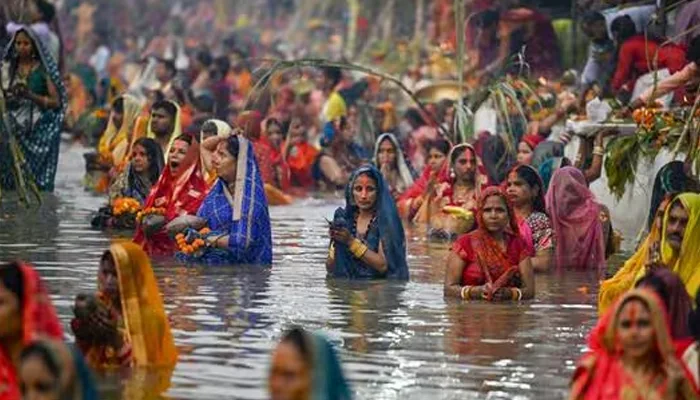
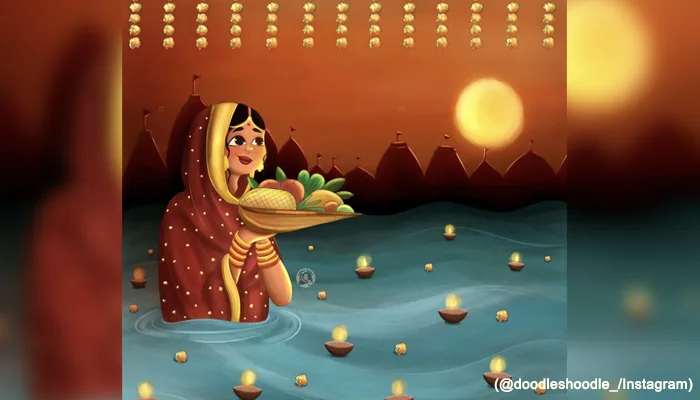
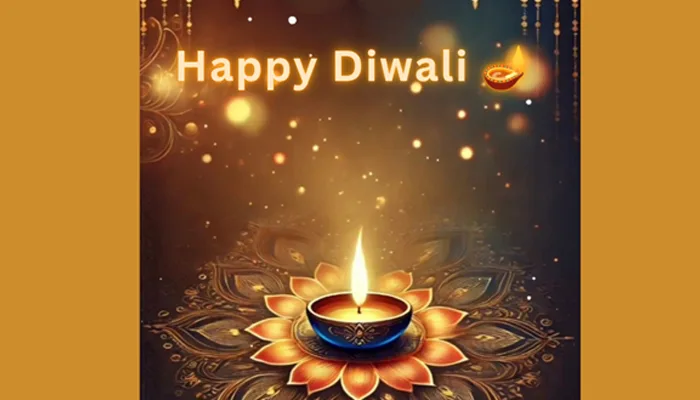
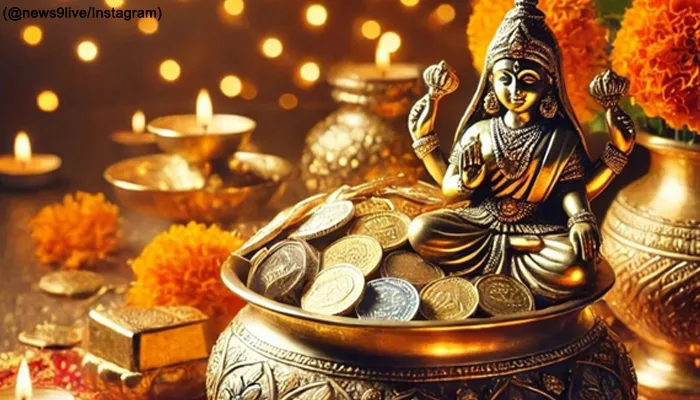
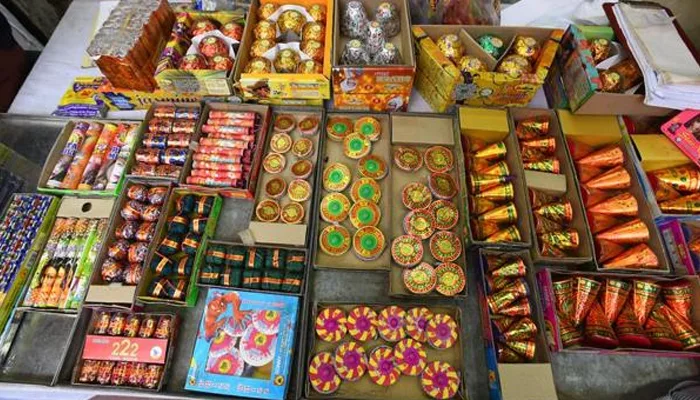
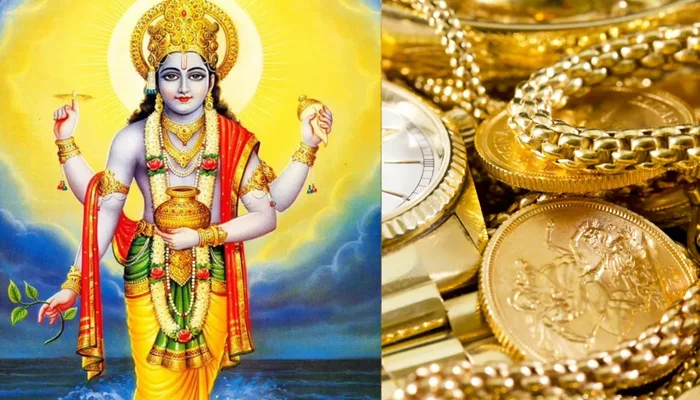
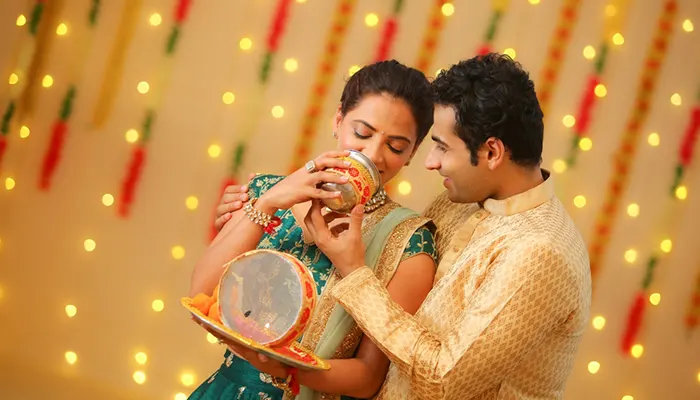
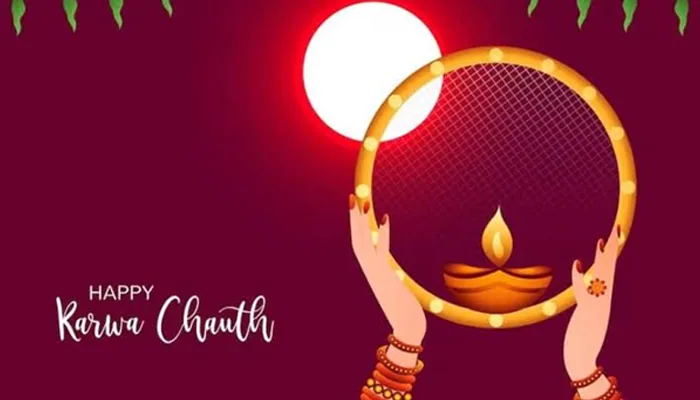
.webp)
